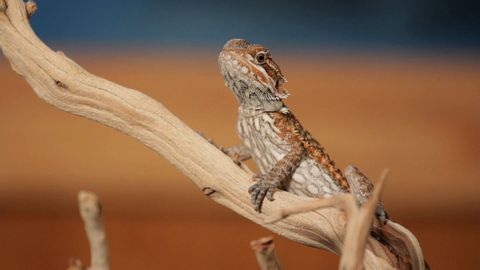
Subtitles & vocabulary
7 Cool Facts about Bearded Dragons | Pet Reptiles
00
Home Mary posted on 2015/06/15Save
Video vocabulary
native
US /ˈnetɪv/
・
UK /ˈneɪtɪv/
- Noun (Countable/Uncountable)
- Someone from or born in a specific country
- Original inhabitant, e.g. before others
- Adjective
- Caused by natural ability; innate
A2
More counter
US /ˈkaʊntɚ/
・
UK /'kaʊntə(r)/
- Transitive Verb
- To say or do something in opposition or resistance
- To try to prevent, as by making a different point
- Prefix
- Being opposite or against something
B1
More equal
US /ˈikwəl/
・
UK /'i:kwəl/
- Adjective
- Same in shape, size, or number
- Verb (Transitive/Intransitive)
- To add up or be the same as
A1TOEIC
More front
US /frʌnt/
・
UK /frʌnt/
- Noun
- Behavior not showing a person's true feelings
- Area where fighting in a war is happening
- Verb (Transitive/Intransitive)
- To have the forward part facing something
- To lead a group of people, usually a band
A1
More Use Energy
Unlock All Vocabulary
Unlock pronunciation, explanations, and filters
